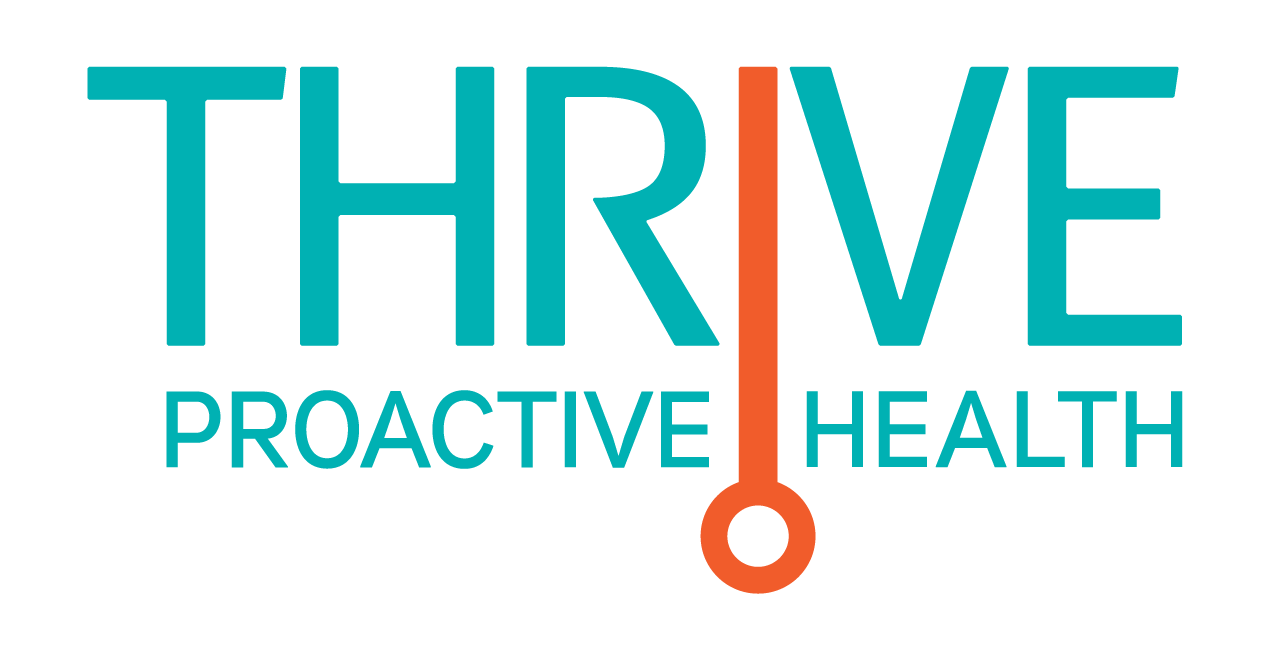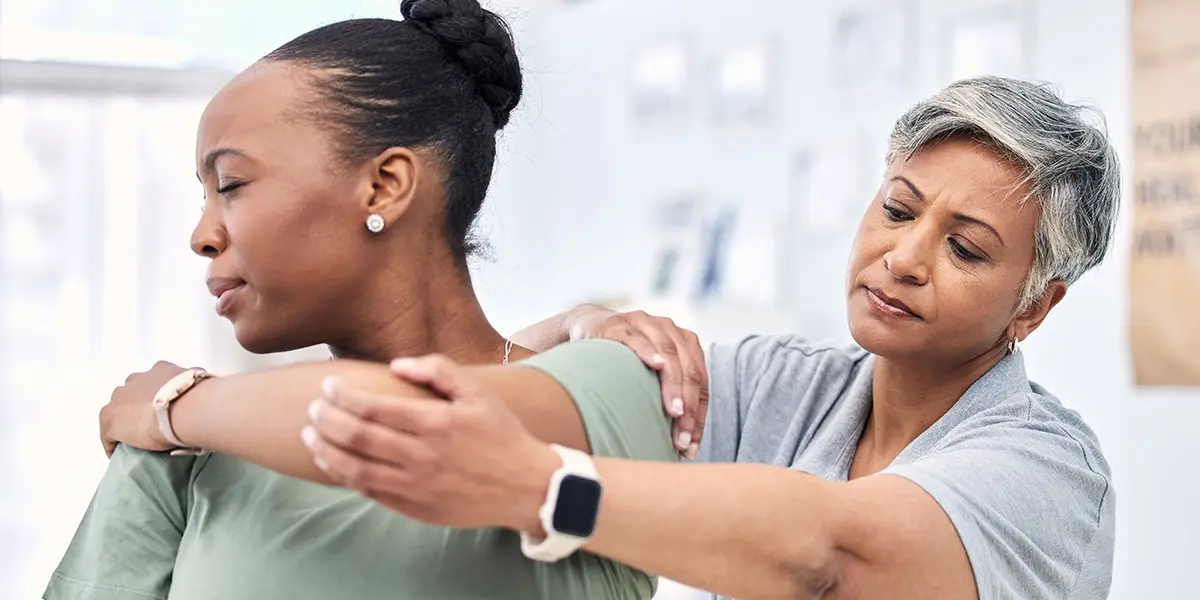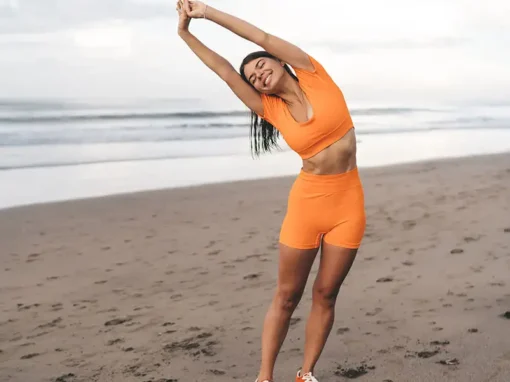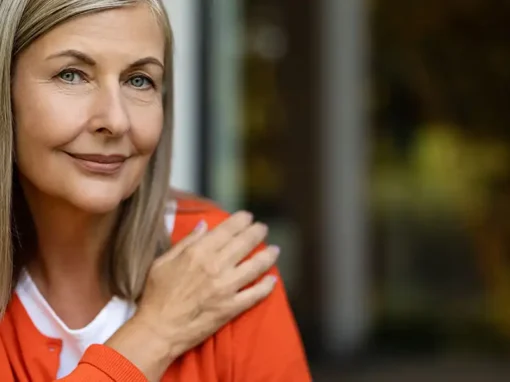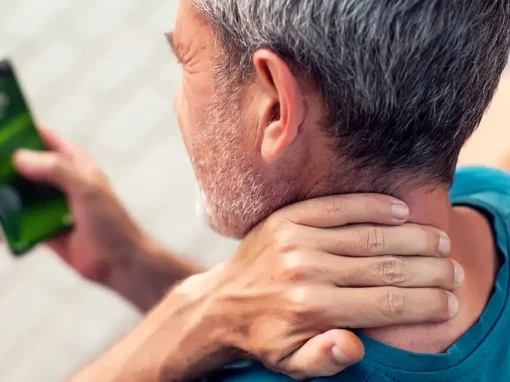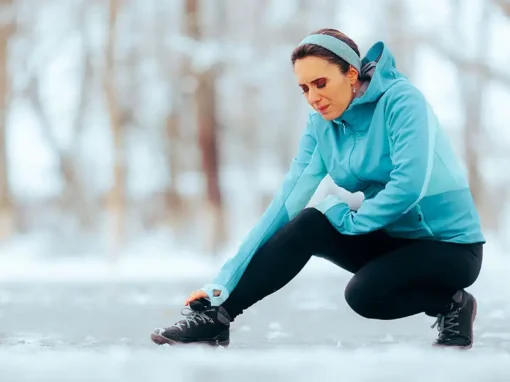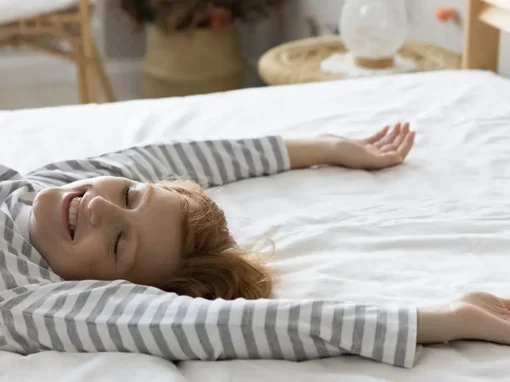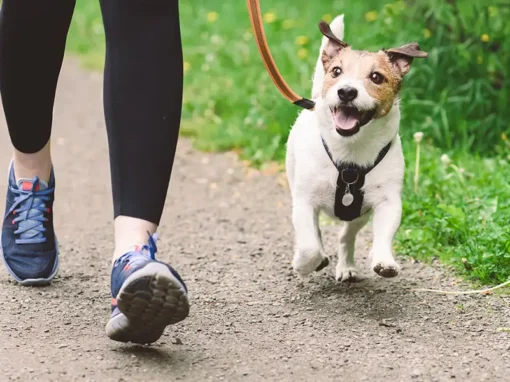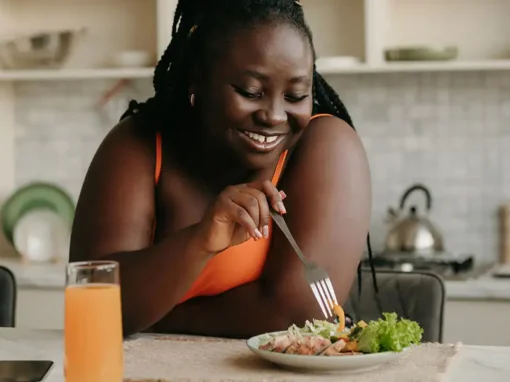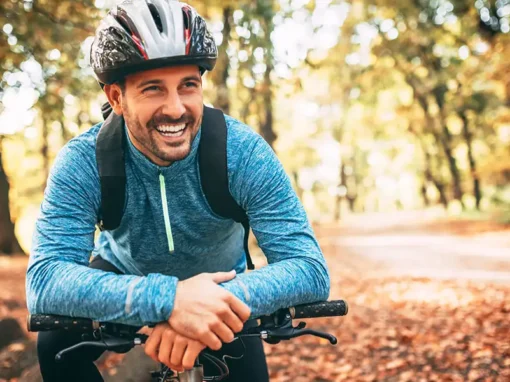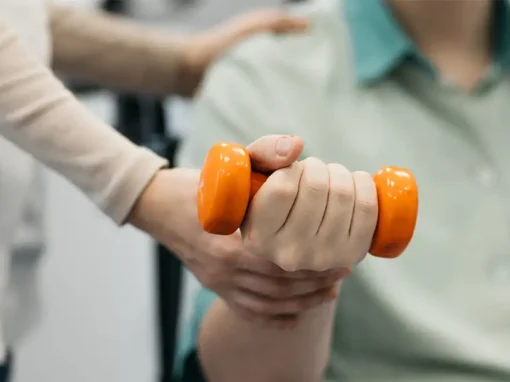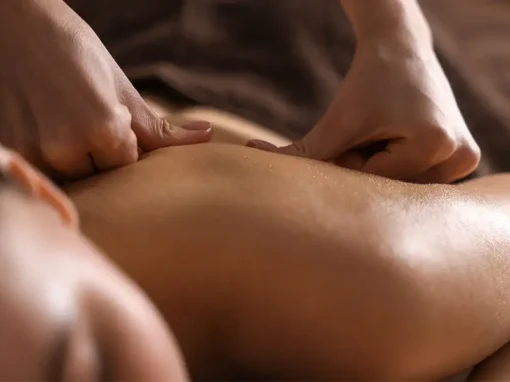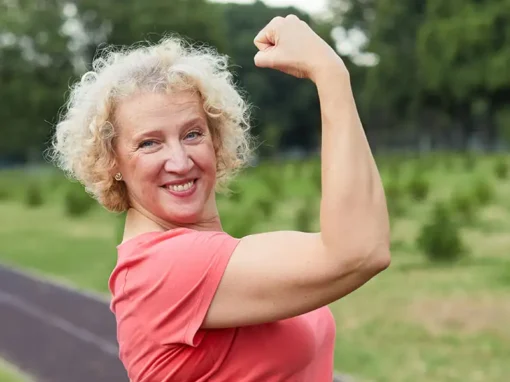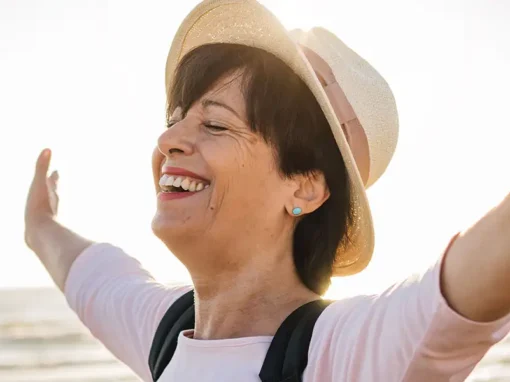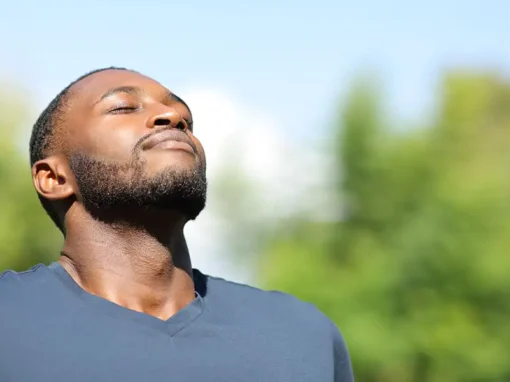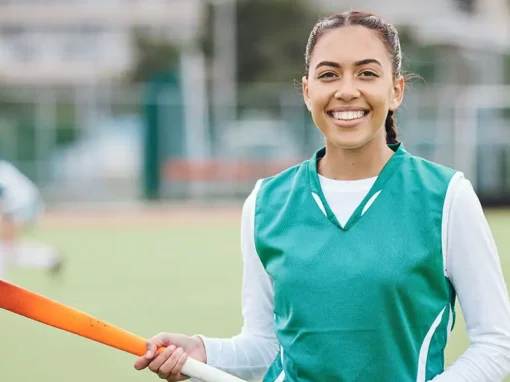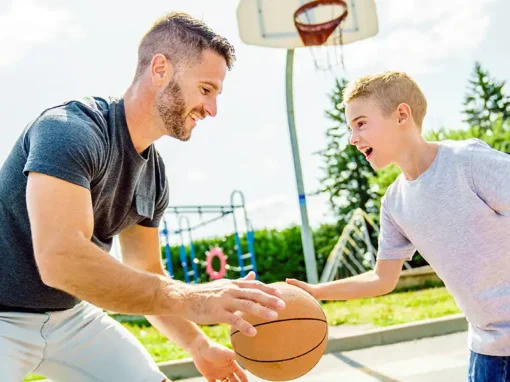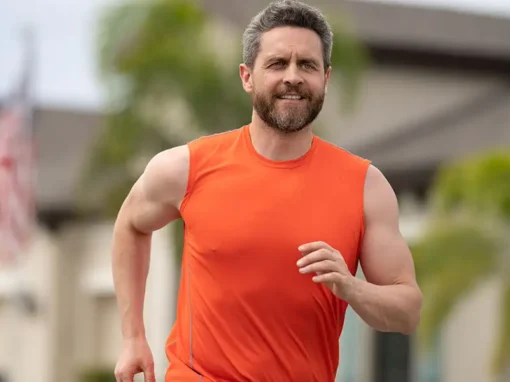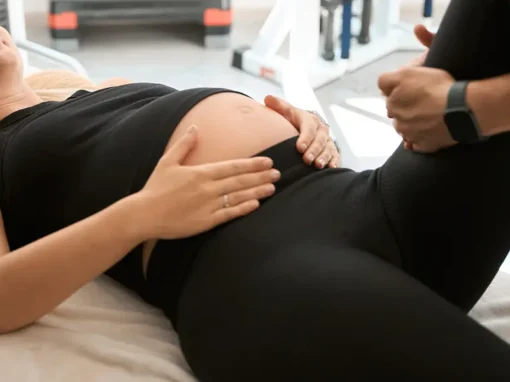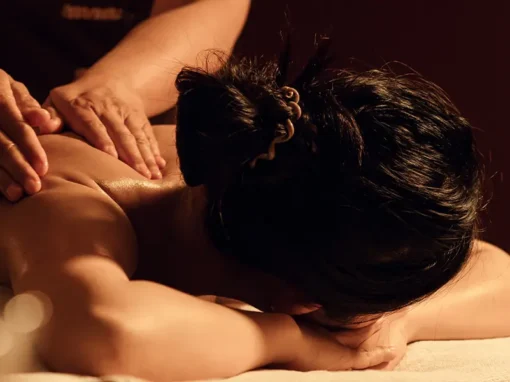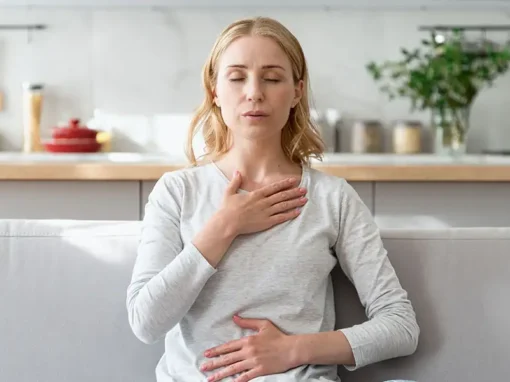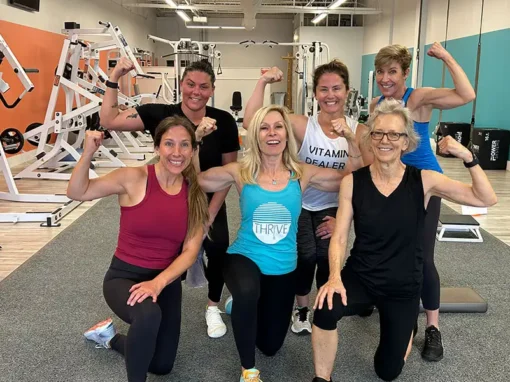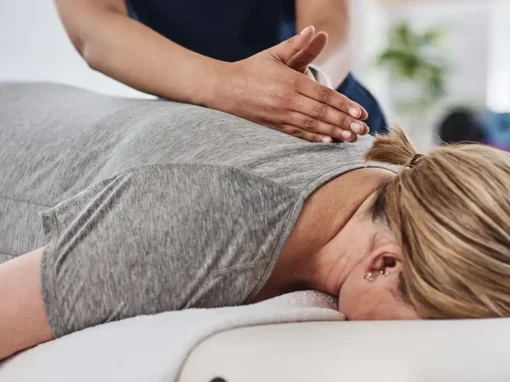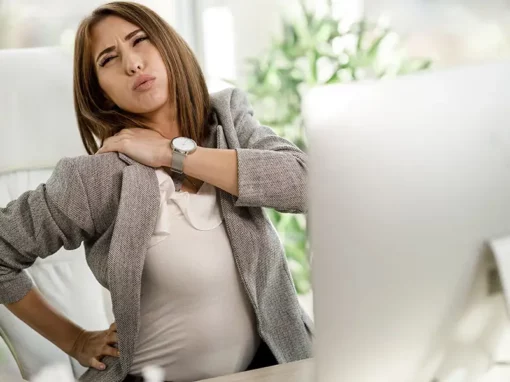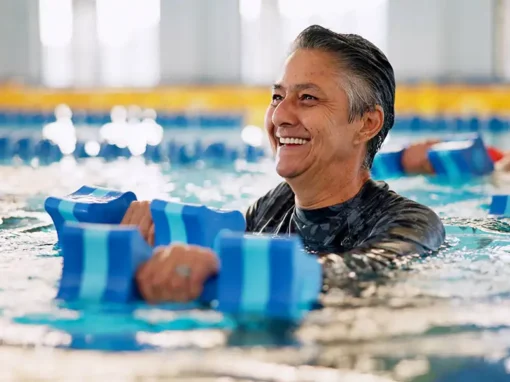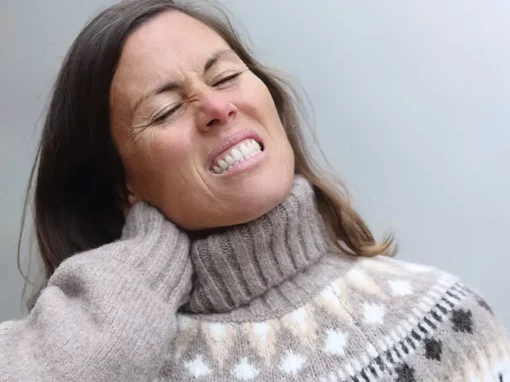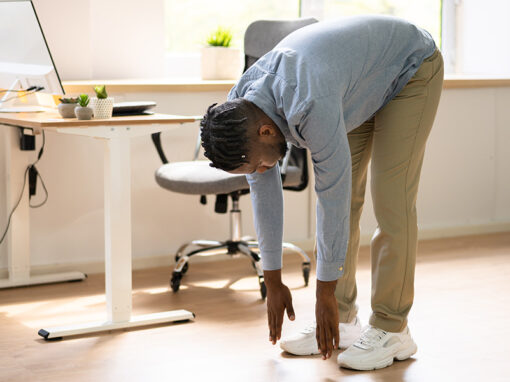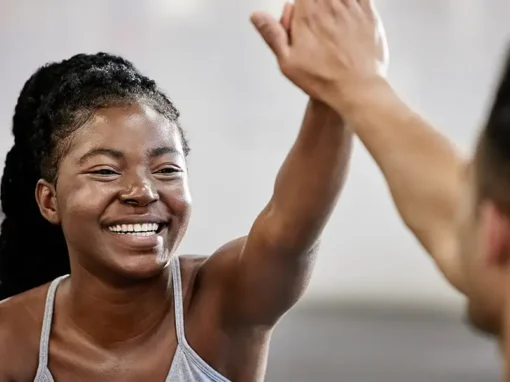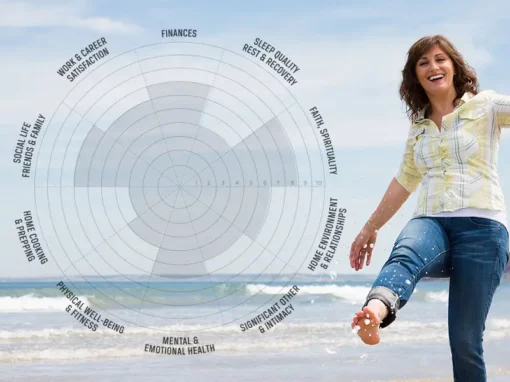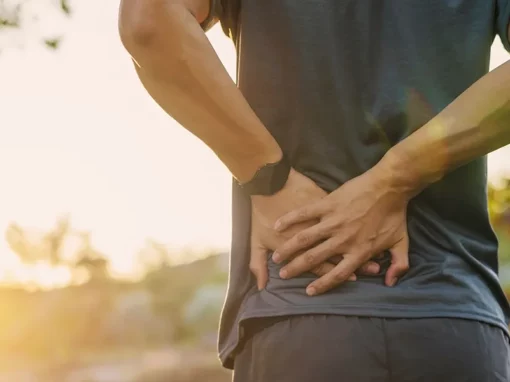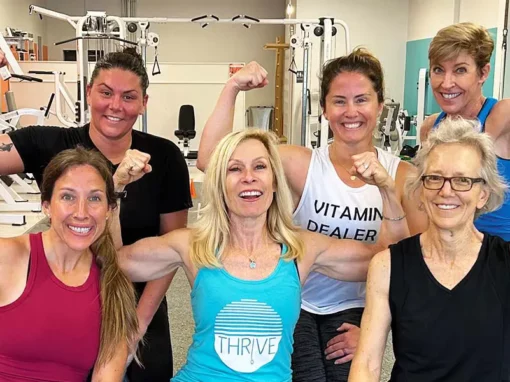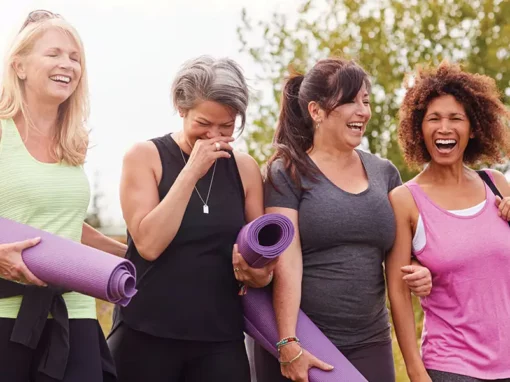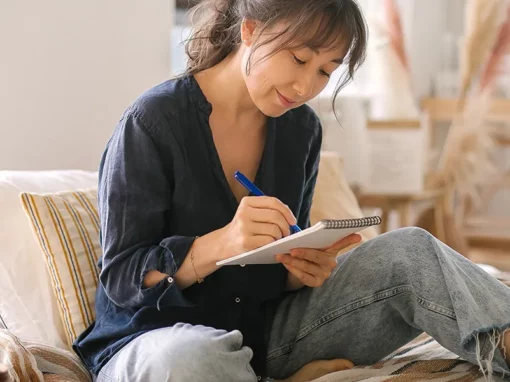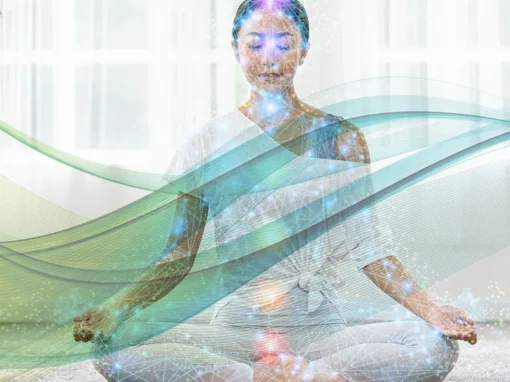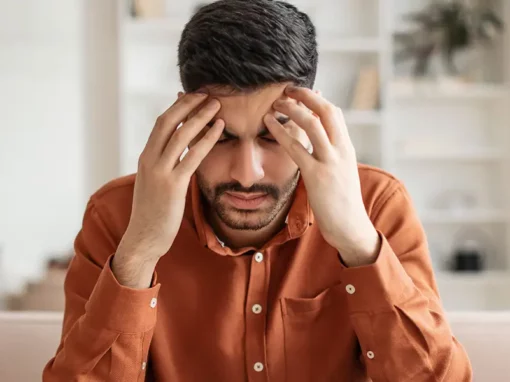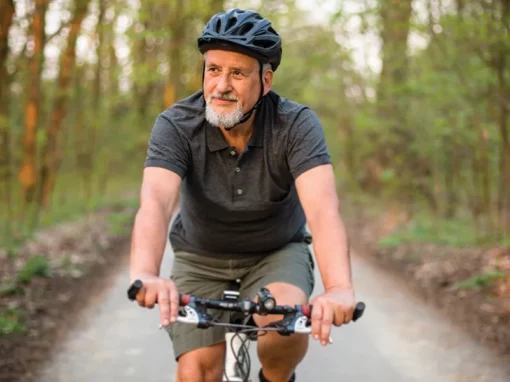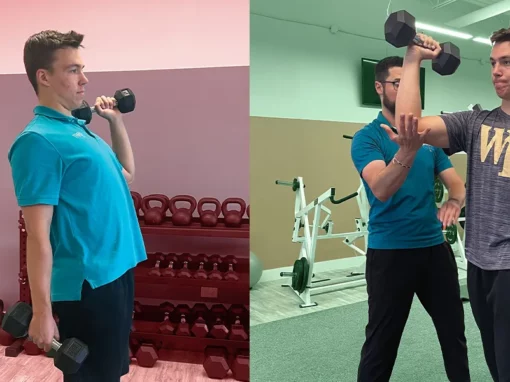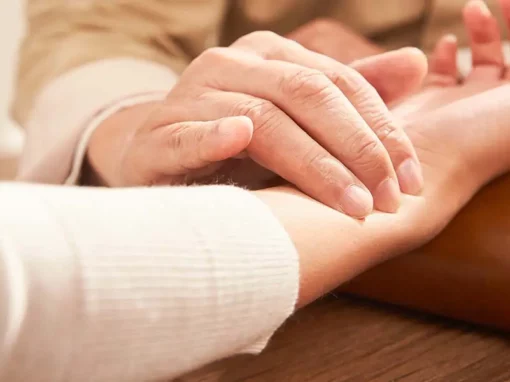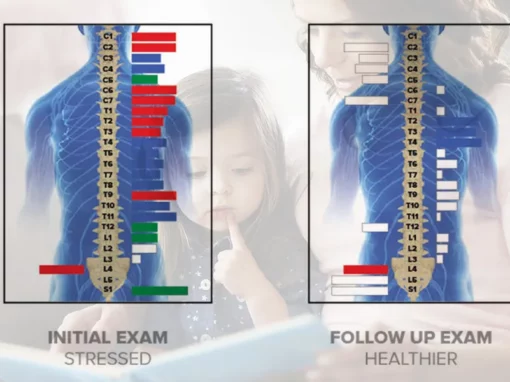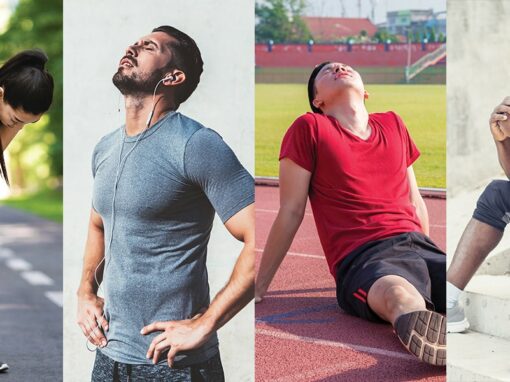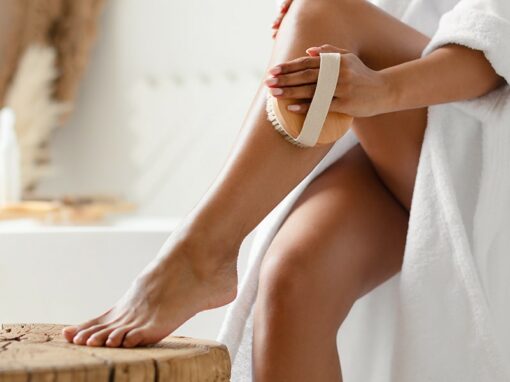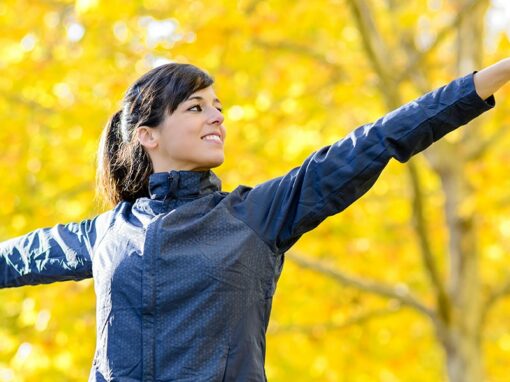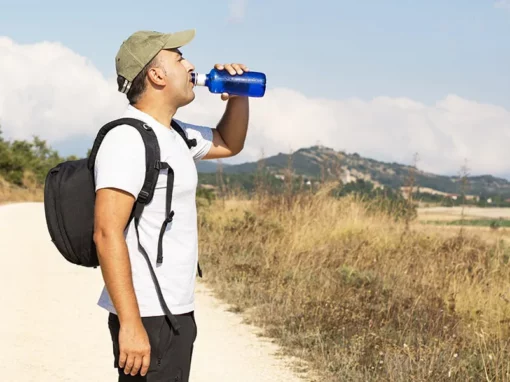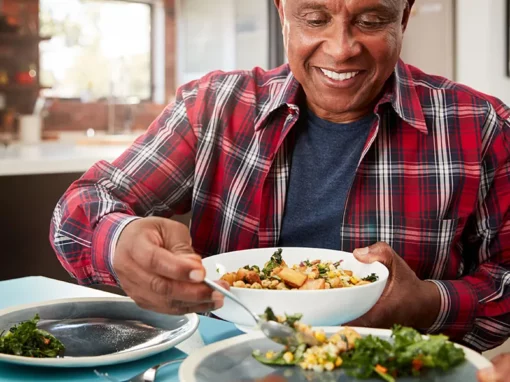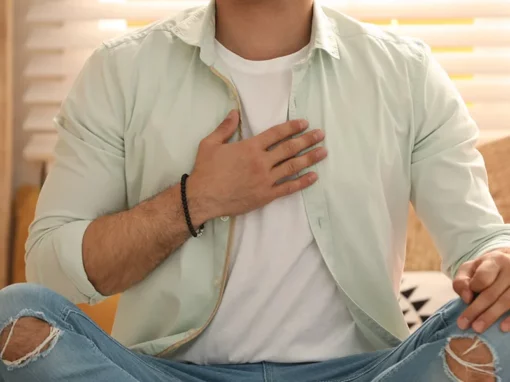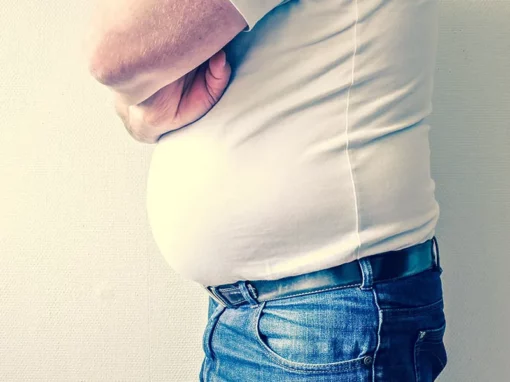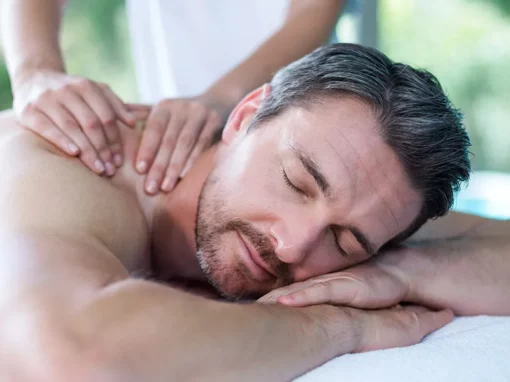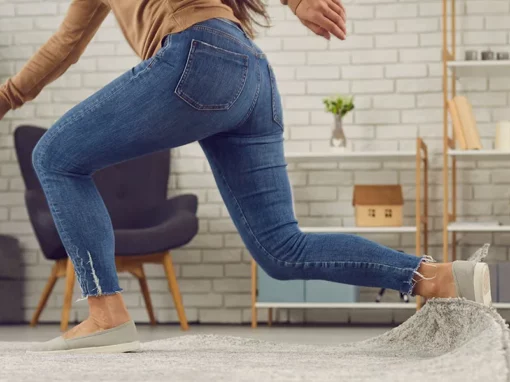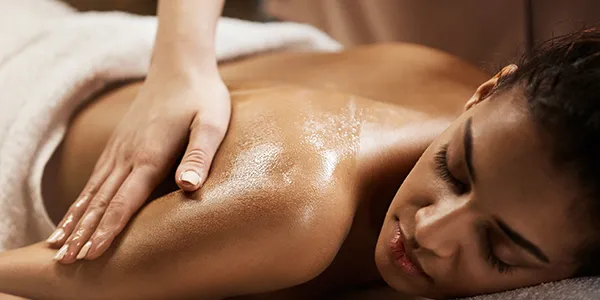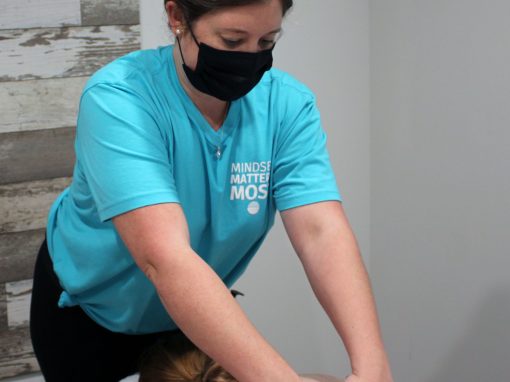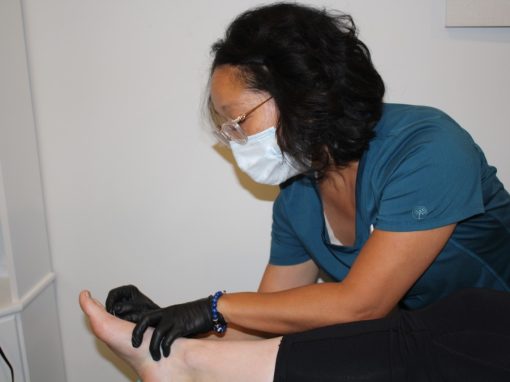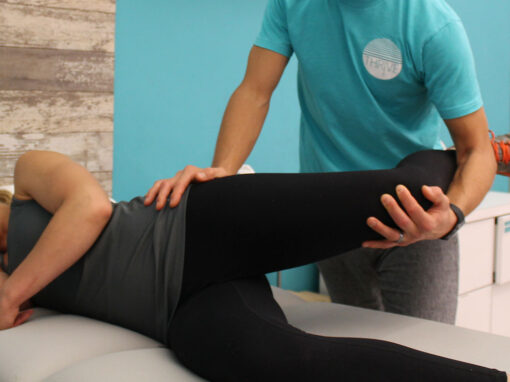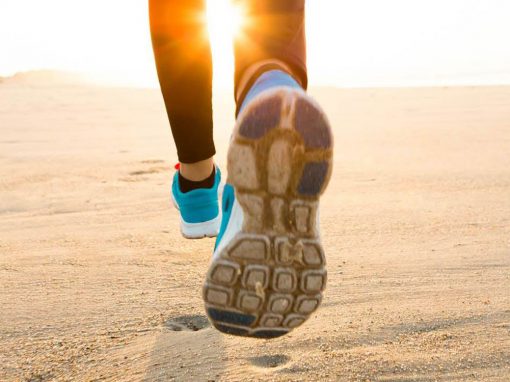Arthritis and joint pain can impact every aspect of life, from completing simple daily tasks to enjoying favorite activities. Women, in particular, are more likely to experience joint pain due to hormonal fluctuations, differences in bone structure, and the increased risk of conditions such as osteoarthritis and rheumatoid arthritis. But the good news is that physical therapy offers a proactive and effective way to manage pain, restore mobility, and improve quality of life.
If joint pain has been holding you back, you don’t have to accept it as a normal part of aging. With a combination of professional guidance, targeted exercises, and hands-on care, physical therapy can be a game-changer.
Here are three powerful ways physical therapy can help relieve arthritis and joint pain, along with practical tips to help you take the first step toward relief.
-
Strengthening Muscles to Reduce Joint Strain
How It Works:
- A licensed physical therapist assesses your muscle imbalances and joint stability to develop a personalized strengthening program.
- Specific resistance exercises are used to build strength in key areas, such as the quadriceps for knee arthritis or the glutes for hip pain.
- Core stability is emphasized to reduce strain on weight-bearing joints, such as the spine and knees.
Why It Helps:
- Stronger muscles act as natural shock absorbers, reducing the wear and tear on joints.
- Strength training improves joint alignment and posture, decreasing the risk of further injury.
- Regular resistance exercises promote the production of synovial fluid, which lubricates the joints and enhances mobility.
Tips for Getting Started:
- Begin with low-impact strength training using resistance bands or bodyweight exercises like squats and lunges.
- Work with a physical therapist to ensure proper form and avoid unnecessary strain.
- Incorporate functional movements that mimic daily activities, such as step-ups or carrying light weights, to build practical strength.
-
Improving Flexibility and Range of Motion
Stiffness and reduced mobility are common complaints among women with arthritis, often making movement uncomfortable and limiting daily activities. Physical therapy can help by incorporating stretching and mobility exercises that gently restore range of motion while alleviating pain.
How It Works:
- A physical therapist designs a mobility routine tailored to your needs, focusing on tight or restricted areas.
- Stretching exercises, including dynamic stretches and static holds, are integrated into your daily regimen.
- Manual therapy techniques, such as joint mobilization and myofascial release, are used to improve tissue elasticity and reduce stiffness.
Why It Helps:
- Gentle stretching increases flexibility, reducing tension around painful joints.
- Improved range of motion makes it easier to move without discomfort, encouraging an active lifestyle.
- Enhanced mobility supports better circulation, which aids in reducing inflammation and promoting healing.
Tips for Getting Started:
- Incorporate daily stretching into your morning and evening routine, focusing on problem areas like hips, knees, shoulders, and hands.
- Use yoga and Pilates-based movements to gently increase flexibility while strengthening muscles.
- Try heat therapy before stretching to warm up stiff joints and make movement more comfortable.
-
Using Hands-On Therapies for Pain Relief
Beyond exercise and stretching, physical therapists use a variety of hands-on techniques to relieve pain, decrease inflammation, and improve joint function. These therapies can provide immediate relief and help condition the body for long-term success.
How It Works:
- Manual therapy techniques such as massage, soft tissue mobilization, and joint manipulation are used to improve blood flow and relieve muscle tension.
- Graston Technique®, an instrument-assisted soft tissue therapy, helps break down scar tissue and improve mobility.
- Dry Needling, a targeted method that uses thin needles to relieve muscle tension, reduces inflammation and improves circulation.
- Vacuum Cupping, a technique that uses suction cups to enhance blood flow and loosen tight muscles, supports joint mobility and pain relief.
- Theragun® Percussion Therapy, a high-frequency vibration therapy, promotes deep tissue relaxation and reduces muscle soreness.
- Normatec Compression Boots, which use dynamic air compression, help reduce swelling and improve circulation in the legs and joints.
Why It Helps:
- Hands-on techniques help break up adhesions and scar tissue that contribute to stiffness.
- Increased circulation from manual therapy supports natural healing processes.
- Pain relief methods provide non-invasive options for reducing discomfort without relying on medication.
Tips for Getting Started:
- Schedule regular sessions with a physical therapist to incorporate hands-on treatments into your arthritis care plan.
- Combine manual therapy with movement-based therapy for long-lasting results.
- Use self-massage tools at home, such as foam rollers or massage balls, to relieve tension between sessions.
Why Thrive Proactive Health?
At Thrive, we take a holistic approach to arthritis and joint pain, offering personalized physical therapy programs designed to help women move with confidence and live pain-free. Our team understands the unique challenges women face when it comes to joint health, and we are right here to support you!
We believe that movement is medicine, and through the right combination of strengthening, flexibility training, and hands-on therapy, you can regain control over your health and well-being. Whether you’re looking to stay active, prevent further joint damage, or simply feel better in your daily life, physical therapy is a proven path to relief.
Ready to Take the Next Step?
If arthritis or joint pain has been limiting your mobility, don’t wait to seek relief. We’re committed to helping women take charge of their joint health through expert care and compassionate support. Contact us today to schedule a consultation and discover how physical therapy can help you move better, feel better, and live better.
